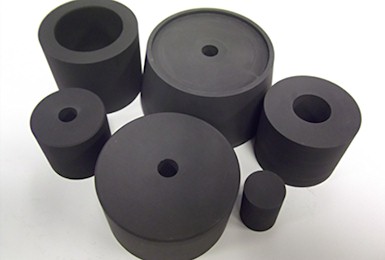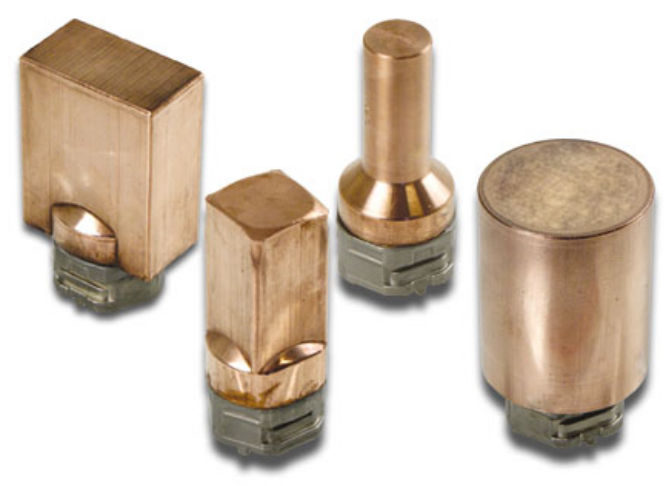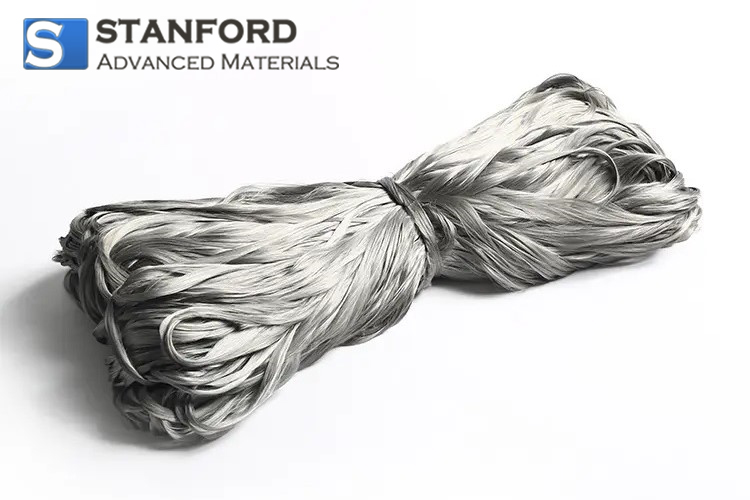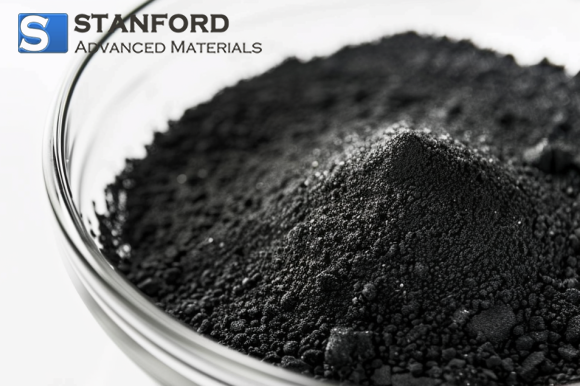How To Select Electrode Materials In The EDM Industry?
Tool precision has increased. The number of components from difficult materials is rising. EDM techniques have matured. Consequently, tungsten-copper composite electrodes are used more frequently. Selecting the proper electrode material is essential to ensure machining quality. Every EDM technician must know the properties of electrode materials.
EDM Electrode Materials
The electrode materials for EDM include mainly graphite, red copper and tungsten-copper composites. Engineers are aware that the physical properties of electrode materials impact discharge erosion, electrode wear, machining speed, machining accuracy and processing stability. The machining quality is directly affected by using different electrode materials provided that processing parameters are appropriately chosen.
Red Copper Electrode
Red copper exhibits high corrosion resistance owing to its high thermal conductivity and heat transfer coefficient. Consequently, red copper electrodes are frequently used for machining small to medium-sized cavities. They show reduced electrode wear.
Graphite Electrode
Graphite has high melting and boiling points. It is very resistant to corrosion. Graphite has a high heat capacity. It can absorb free carbon to compensate for electrode loss during broad-pulse roughing. Graphite offers low consumption, minimal deformation, low density and high processing efficiency. However, the graphite electrode has low stiffness and tends to crack at acute angles.

Tungsten-Copper Composite Electrode
The tungsten-copper composite has a tungsten content of 50% to 90% by mass. It combines several advantages of tungsten and copper. It is characterised by high strength and hardness. It offers good electrical conductivity and thermal conductivity. It has a low coefficient of thermal expansion. It is resistant to arcing, high temperature oxidation and fusion welding. Although tungsten-copper is suitable for machining metals, its cost is high. It is generally employed for small precision tasks.
How to Select Electrode Materials?
Selecting the correct electrode material is a critical factor for ensuring machining quality and increasing productivity. Electrode cavities vary in size and shape, which makes standardising tool electrodes challenging. Consequently, the following principles should guide the selection of electrode materials.

* An analysis should be conducted on workpiece properties (surface roughness, dimensions, tolerance) and technical requirements. Select the electrode material in accordance with the workpiece materials and technical specifications.
* Initially, select a material with high thermal conductivity and a high melting point.
* Consider factors such as electrode formability and machining performance to achieve an effective EDM process. Electrode materials used in EDM are mainly copper, graphite and tungsten-copper composites. Their selection and processing parameters differ significantly due to variations in purity, viscosity, structural compactness, uniformity and physicochemical properties.

 Bars
Bars
 Beads & Spheres
Beads & Spheres
 Bolts & Nuts
Bolts & Nuts
 Crucibles
Crucibles
 Discs
Discs
 Fibers & Fabrics
Fibers & Fabrics
 Films
Films
 Flake
Flake
 Foams
Foams
 Foil
Foil
 Granules
Granules
 Honeycombs
Honeycombs
 Ink
Ink
 Laminate
Laminate
 Lumps
Lumps
 Meshes
Meshes
 Metallised Film
Metallised Film
 Plate
Plate
 Powders
Powders
 Rod
Rod
 Sheets
Sheets
 Single Crystals
Single Crystals
 Sputtering Target
Sputtering Target
 Tubes
Tubes
 Washer
Washer
 Wires
Wires
 Converters & Calculators
Converters & Calculators
 Write for Us
Write for Us


 Chin Trento
Chin Trento



